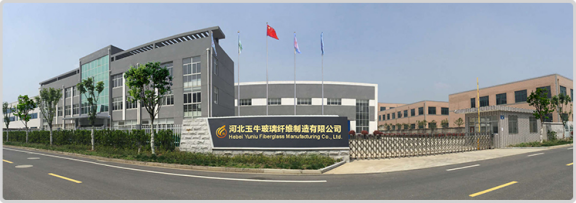Views: 4 Author: Site Editor Publish Time: 2021-10-08 Origin: Site
The optical components of this laser scanner are 100 times smaller than the keyhole. However, it promises high-resolution 3D recording in a few seconds.
A team led by Miles Padget of the University of Glasgow has developed a laser scanner, similar to lidar, which provides a 3D image of the environment, but transmits its signal through extremely thin glass fibers . This type of endoscope can take pictures even through the smallest openings.

Padget and the team described their development details in a publication on the unreviewed preprint server arXiv. The basic idea of this system is to send a laser pulse through one glass fiber and absorb its reflection with another glass fiber. The length of time between the pulse transmission and its reflection echo can show the distance of the photographed object in millimeters. The system can still take pictures within a distance of two and a half meters.
This technique is effective because scientists can modulate laser pulses very precisely. The shape of their wavefronts allows them to focus only on a freely selectable point. In the initial test, they successfully scanned 23,000 points per second and measured their distance. Then create a 3D image on the computer.
The biggest problem with this effort is that the 40-cm-long glass fiber interferes with the laser pulse on the way, making the previously ingenious tip modulation unusable. So far, this difficulty has only been partially resolved. Padget and the team solved this problem by first calibrating the system: they determined what a given signal would become after passing through the fiber, and then calculated the interference in reverse. In the actual measurement process, the laser pulse will be shaped in advance, and only interference will distort it into the desired signal.
The disadvantage of this procedure is that the fiber must not be moved after this calibration. Therefore, you still need to be able to reach its tip shortly before the actual exposure, which is inconsistent with the idea that you can scan through small holes, otherwise you will not be able to scan through these small holes. However, as the scientists wrote in their paper, there are reasons to hope that in the future, the interference caused by the fiber can be measured in real time, and only the back end can be accessed. Even with a continuously curved endoscope, the necessary corrections can be made.
Another problem is the miniaturization of the second glass fiber, because it must collect as much reflected light as possible, so it is temporarily much thicker than the one emitting the laser pulse. In the prototype of the Glasgow group, its diameter is 500 microns or half a millimeter. As a result, the size of the entire optics adds up to 600 microns-far thicker than a human hair. But the researchers write that there are also imaginable alternatives. One can use an optical fiber that emits laser pulses in its core and captures light echoes in its cladding. In terms of space requirements, this is the most effective solution.

Hebei Yuniu Fiberglass Manufacturing Company Limited is a fiberglass material manufacturer with over 10-year experience, 7- year exporting experience.
We are manufacturer of fiberglass raw materials, Such as fiberglass roving, fiberglass yarn, fiberglass chopped strand mat, fiberglass chopped strands, fiberglass black mat, fiberglass woven roving, fiberglass fabric, fiberglass cloth..And so on.
If any needs, please contact us freely.
We will do our best to help and support you.